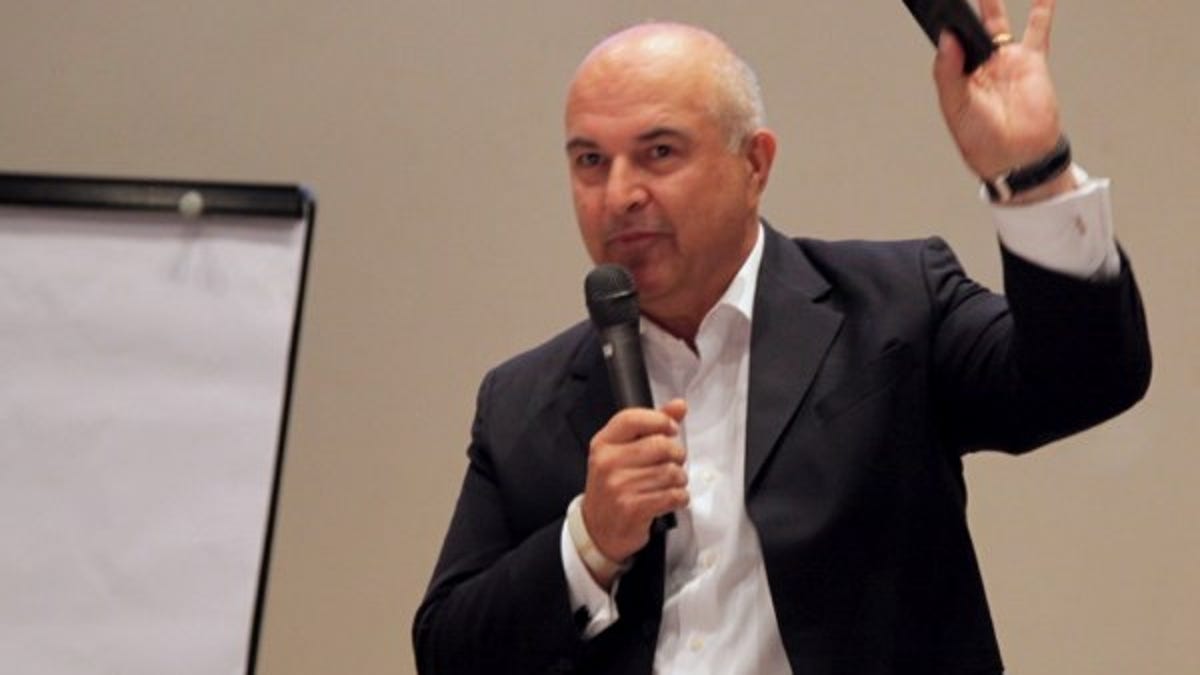Qualcomm: Better batteries need a paradigm shift
Qualcomm's John Stefanac says it will take new tech and some network tweaks to keep getting more from so little.

The demand for thinner devices with longer battery life was always destined to hit a wall.
"You want it in a thin package, and you want your battery to last for two weeks. That's an enormous amount of pressure that we are putting on manufacturers to deliver a nice, cool, sexy product," said John Stefanac, president of Southeast Asia & Pacific for Qualcomm, at HTC's Frequencies Asia event in Bangkok Wednesday.
The executive said that he believes the market already is facing that wall, and a major shift in battery technology is required if we are to reach those dreams of thin batteries that last for days.
"We all recognize that the rate at which our devices have developed has far outstripped the capabilities and the evolution of power in batteries," said Stefanac. "The demands we put on these devices is extraordinary. We have all these devices, but now we're carrying around battery packs. If we compromised a little bit maybe we could get a little thicker and get a little more battery out of it."
While Stefanac offered no real answers for where this paradigm shift needs to go, he did argue that the networks themselves have a big role to play in cutting down on a lot of today's unnecessary battery usage.
"A lot of the times that we are complaining about battery, it is not actually the device," said Stefanac. "It's the way the networks have been optimized, and the device is sitting there pinging between different base stations.
Stefanac said his company has saved somewhere between 25 percent and 30 percent battery power on devices just by working with the operators to optimize the networks and change a few parameters.
"All these devices have to work together," he said. "The vast majority of the public that has these devices doesn't know what technology that device is connected to -- doesn't know whether it is LTE or 3G or Wi-Fi. What they do know is whether they are connected or not. And we've got to make sure all of this stuff works together if we're going to deliver an enjoyable customer experience."

